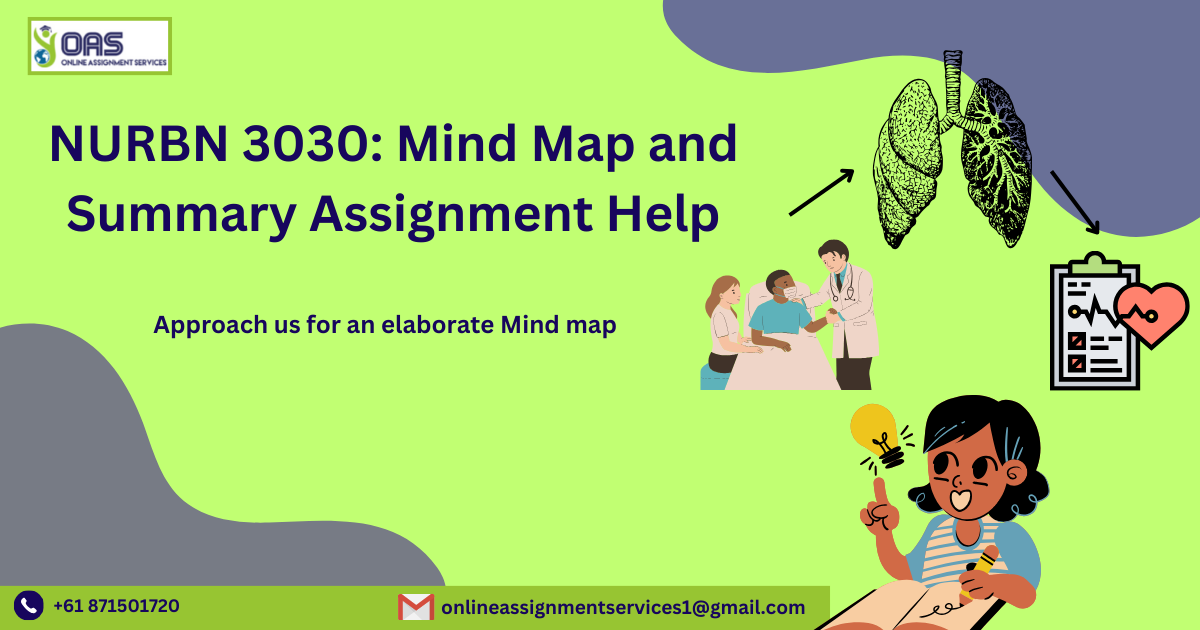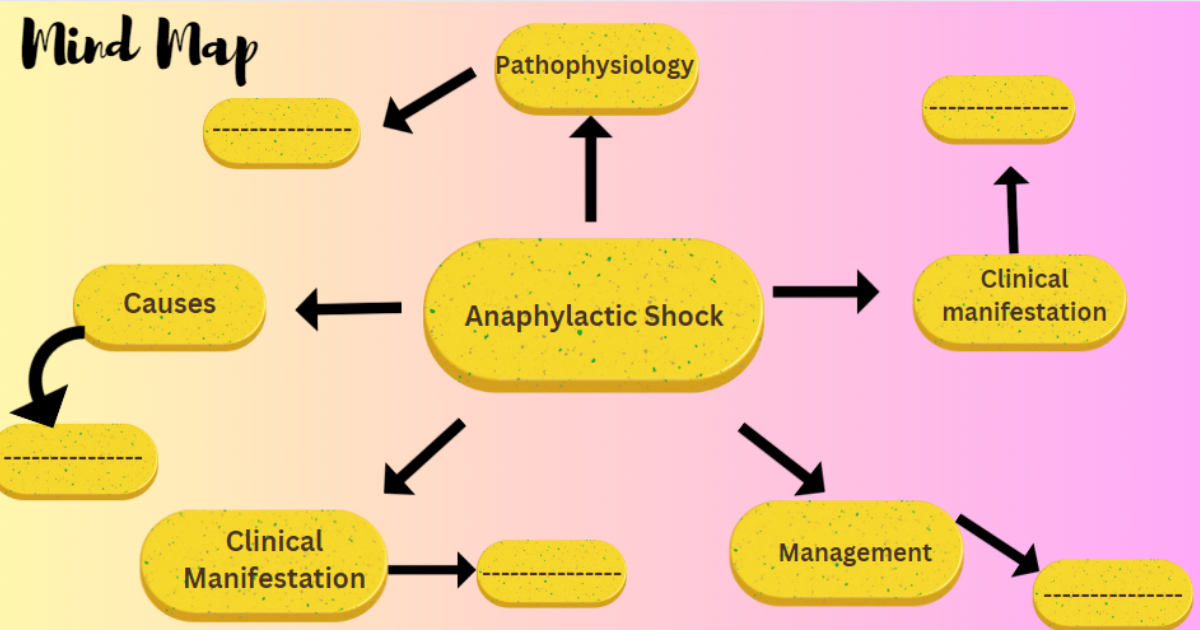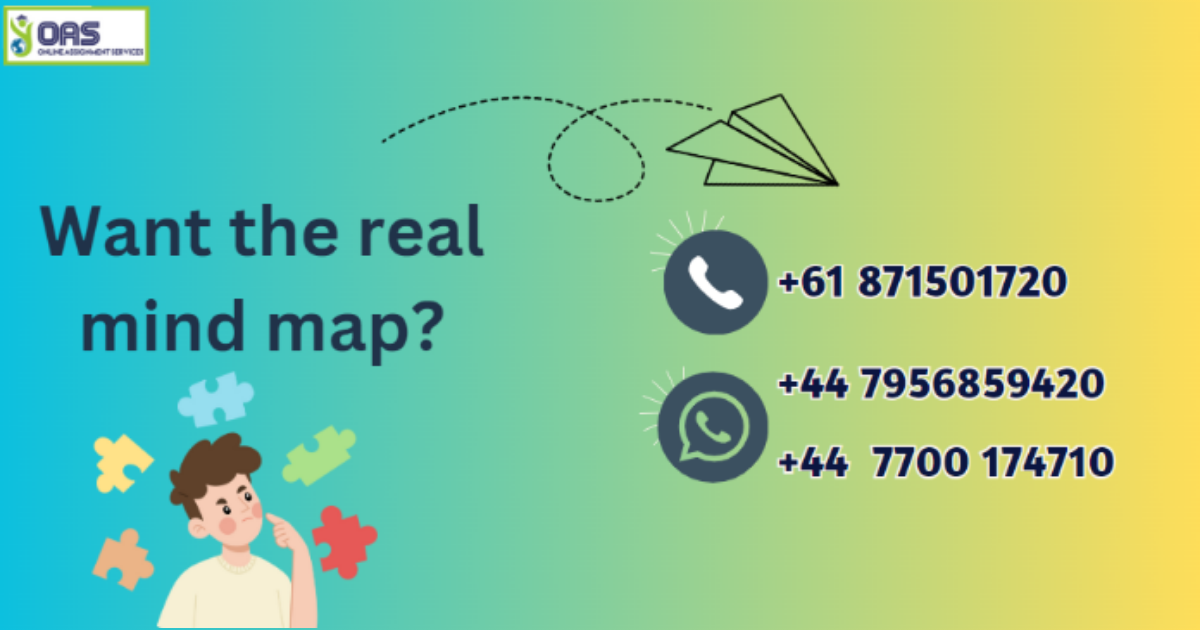NURBN 3030:Mind Map and Summary Assignment Help

NURBN 3030: Mind Map and Summary:Assessment requires students to recognise Anaphylactic Shock as a common cause for deterioration of patients. Post this, students are required to create a mind-map while including key concepts of patient deterioration and then summarize the same.
The solution of this assignment consists of two main parts: A mind map and a Summary of the mind map. The mind map is a pictorial description of pathophysiological factors, manifestations, causes and management of anaphylactic shock. Additionally all relevant nursing interventions and their rationales are presented in sufficient detail.

This is a representative image of the actual mind map. For the real one, please reach out to us at onlineassignmentservices1@gmail.com

The summary successfully provides a short and meaningful explanation of the mind map. Our experts have taken special care to properly identify the color coding details in addition to key concepts and overall organization of the mind map. Furthermore, rationales for more than two nursing interventions have been clearly outlined. 50% of the summary section has been provided below to give students an idea of how knowledgeable our experts are:
Summary
Introduction
Anaphylactic shock is a severe and potentially life-threatening condition that causes a wide range of symptoms such as difficulty in breathing, chest tightness, hypotension, urticaria, nausea and vomiting (Yusupovna et al., 2023). The mind map above presents a thorough overview of anaphylactic shock, encompassing its causes, pathophysiology, clinical manifestations, management, nursing assessments and interventions. It utilizes the following colour system to categorize the details:
| Causes | |
| Pathophysiology | |
| Clinical manifestations | |
| Management of anaphylactic shock | |
| Nursing interventions | |
| Nursing assessment |
Discussion:
Anaphylactic shock can arise from two possible sources: immunological or non-immunological causes. Immunological anaphylaxis arises when exposure to an allergen prompts the production of IgE antibodies (Montañez et al., 2017). These antibodies attach themselves to mast cells and basophils, which then stimulate the release of inflammatory mediators like histamine, leukotrienes, prostaglandins, and interleukins (Montañez et al., 2017). This can trigger a range of symptoms throughout the body, such as urticaria, bronchospasm, and low blood pressure (Reber et al., 2017). Severe anaphylactic reactions can lead to anaphylactic shock, which results in a sudden and severe hypotension, necessitating immediate treatment with epinephrine and supportive care (Reber et al., 2017).
In contrast, non-immunological anaphylaxis does not involve the immune system, but instead occurs due to the direct activation of mast cells by certain agents, such as drugs or radiocontrast agents (Montañez et al., 2017). The antigen binds to specific receptors present on mast cells, which triggers their degranulation and the release of inflammatory mediators like histamine and leukotrienes (Montañez et al., 2017). This leads to a systemic inflammatory response throughout the body, resulting in symptoms such as flushing, low blood pressure, bronchospasm, and gastrointestinal problems (Cingi & Muluk, 2020).
In Australia, anaphylactic shock is managed based on the state-wide protocol established by the Australasian Society of Clinical Immunology and Allergy (ASCIA). The guidelines recommend administering epinephrine as the first-line of treatment as soon as possible, as it helps reverse the systemic effects of anaphylaxis and increases the cardiac output and blood pressure (ASCIA, 2023). Additionally, IV normal saline is also recommended to help maintain blood pressure, enhance tissue perfusion, and reduce the risk of organ damage (ASCIA, 2023). In cases of persistent hypotension, glucagon is also indicated to increase heart rate and cardiac output (ASCIA, 2023). Furthermore, supplemental oxygen therapy is also recommended to ensure sufficient oxygenation of the tissues via a nasal cannula or non-rebreather mask (ASCIA, 2023).
This 50% summary is a demonstration of how well our experts fulfill assessment requirements. Please reach call us at +61 871501720 if you need guidance in writing a summary that is complete and accurately sums up the mind map.

